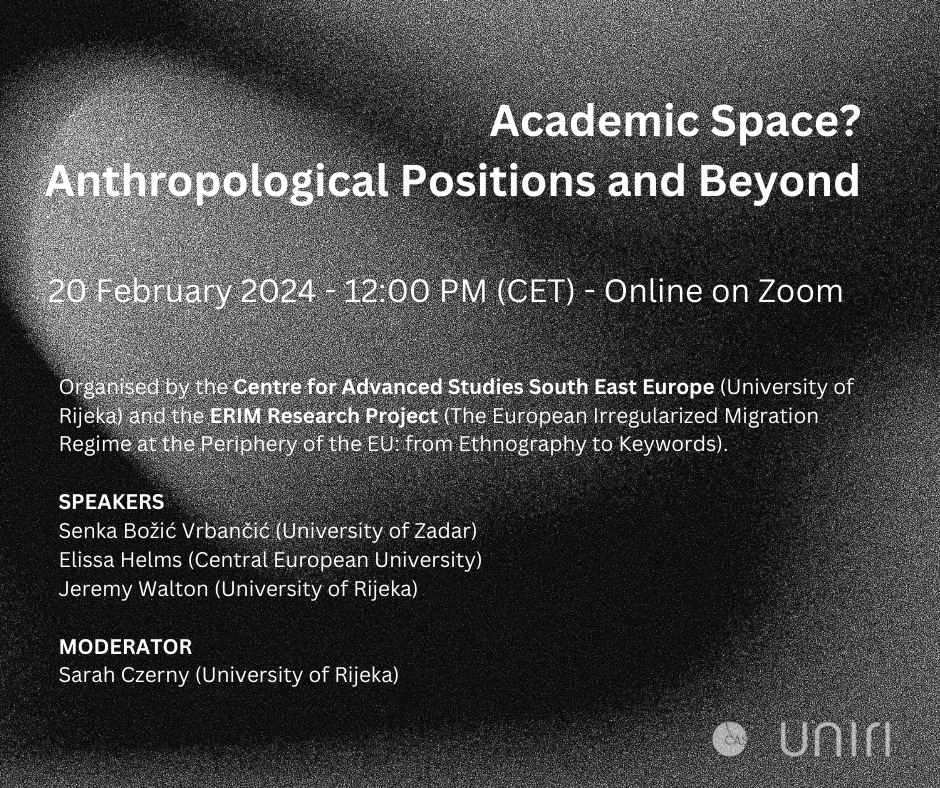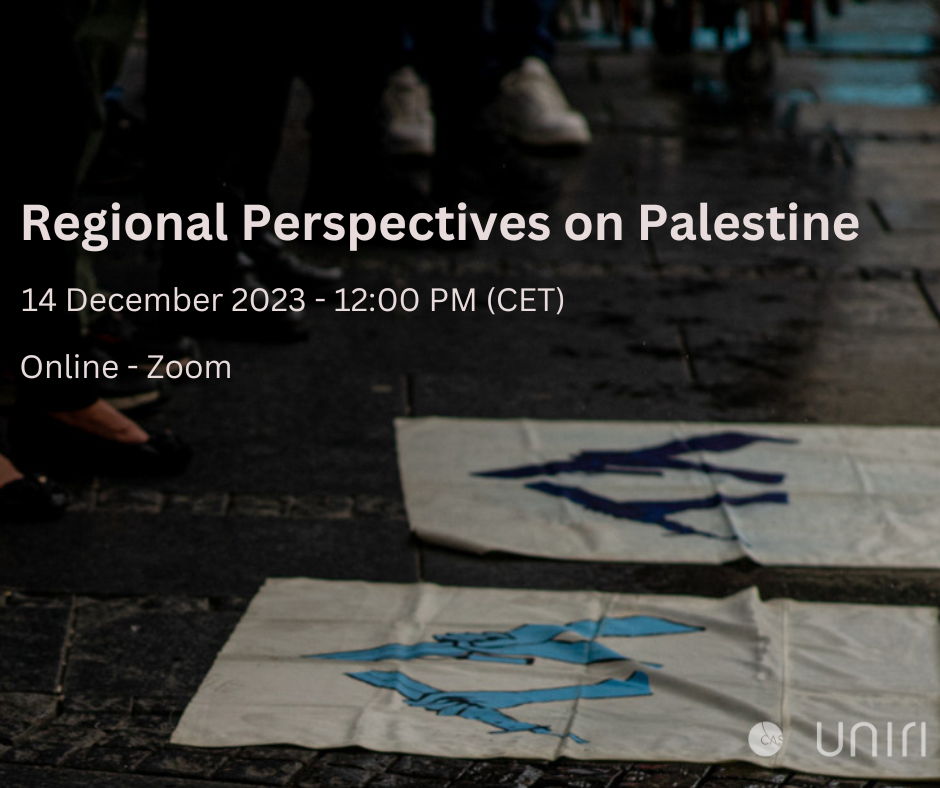Controlling the Borders of “Borderless” Europe in the Age of Migration
Recent international developments and the flow of people towards Europe made borders again a strong component of the European integration. Different reactions by European Institutions and EU member states showed that the classical idea of borders being marker of a territory and special identity became underlined through series of systematic implementations. The idea of European integration and its very basic principle “free movement” is facing a massive challenge amid the crisis of refugees and the flow of migration from the Middle East towards Western Europe. During the summer of 2015, Dublin convention and the way it was implemented by different member states, created new discussions on the shared responsibility of the free movement in Europe. While Eastern European countries were accused with discrimination and being hostile towards refugees, Western European countries tried to accept them while pushing for certain conditions and quotas. Nevertheless, distribution of refugees among the EU member states resulted with the disintegration of European solidarity in difficult times. Eventually, the initial stress was on the external borders of the EU and the role of agencies such as FRONTEX which were created to protect the borders of EU. “Controlling the borders” or “border management” became the common ground for the discussion of migrant crisis. Dr. Tahir discusses the refugee flow towards European Union along with EU’s “border management” policies by examining the situation in the Greek-Turkish border, where the flow of refugees from Syria is the highest. He shares his fieldwork experiences from the Aegean Coast of Turkey and the Greek-Turkish land border in Trace where the flow of irregular migrants is still going on. Having observed the situation before and after signing the acceptance agreement between Turkey and the EU in March 2016, Dr. Tahir also discusses the immediate results of the implementation of this agreement.




